We are halfway through 2025, and the rare coin and banknote auction markets show no signs of slowing down. Indeed, with higher bullion price levels and strong demand, auction prices realized have been quite impressive on most rare coins and banknotes. Below are some of the great coins, as well as a great banknote, that we would like to highlight.
1869 Copper Plate by John Adams Bolen, PCGS MS64BN
One of only two struck by John Adams Bolen in 1869, this plate is the only example available for public ownership. The only other example is housed in the Massachusetts Historical Society Collection. This specimen, Bolen’s personal example, is curious in that no one knows for certain exactly what Bolen intended with the striking of this piece. Indeed, it displays two impressions from the LIBER NATUS LIBERTATUM obverse, one of which is an early die state, while the second is terminal with a retained cud over ATEM. Even more curious are the incomplete representations of potential types or mulings. Just looking at the reverse Bolen impressions in a clockwise manner include JAB-37, JAB M-11, JAB-37, and JAB-36. This nearly unique plate has only sold twice in the last 140 years with the new owner obtaining an exceptionally rare piece for the price of $4,800 in a Stack’s Bowers Galleries sale.
1876-CC Doubled Die Reverse Trade Dollar, PCGS MS62
Most often die doubling is minor and hard to discern for many numismatists. What makes this 1876-CC Trade Dollar FS-801 Doubled Die Reverse so special is the degree of the offset to the doubling. In 2012, numismatic author Q. David Bowers wrote the following about this variety: “Regarding the doubled die reverse Trade Dollar offered here, [variety expert] Bill Fivaz and I corresponded on this variety years ago, and he said it was the most spectacular doubled die in American coinage.” Pay special attention to the bottom of the right eagle’s wing as well as the branches upon which the eagle is standing. You will be amazed at the doubling on the reverse of this cool coin, which notched $13,800 at a Stack’s Bowers Galleries auction.
1902 $10 Red Seal - The Farmers and Merchants National Bank of Santa Ana, California, PCGS VF20
National Banknotes allow collectors to focus on issues of their hometown or state. Like all paper currency, these banknotes all have unique serial numbers. They also possess National Bank Charter numbers unique to the particular National Bank as well as its local bank name, city, and state, listed prominently on each bill. This 1902 $10 Red Seal Note from the Farmers and Merchants Bank of Santa Ana, California, is Charter #7980 and was graded VF20 by PCGS Banknote. This note represents the only Red Seal from this tough, short-lived California charter. The Farmers and Merchants Bank issued National Bank Notes for only 14 years before closing in 1919. Just six total notes are known on this scarcest of Santa Ana banks. Only two of those six notes have been offered publicly since 1990. This specimen sold for $3,360 in a Heritage Auctions offering.
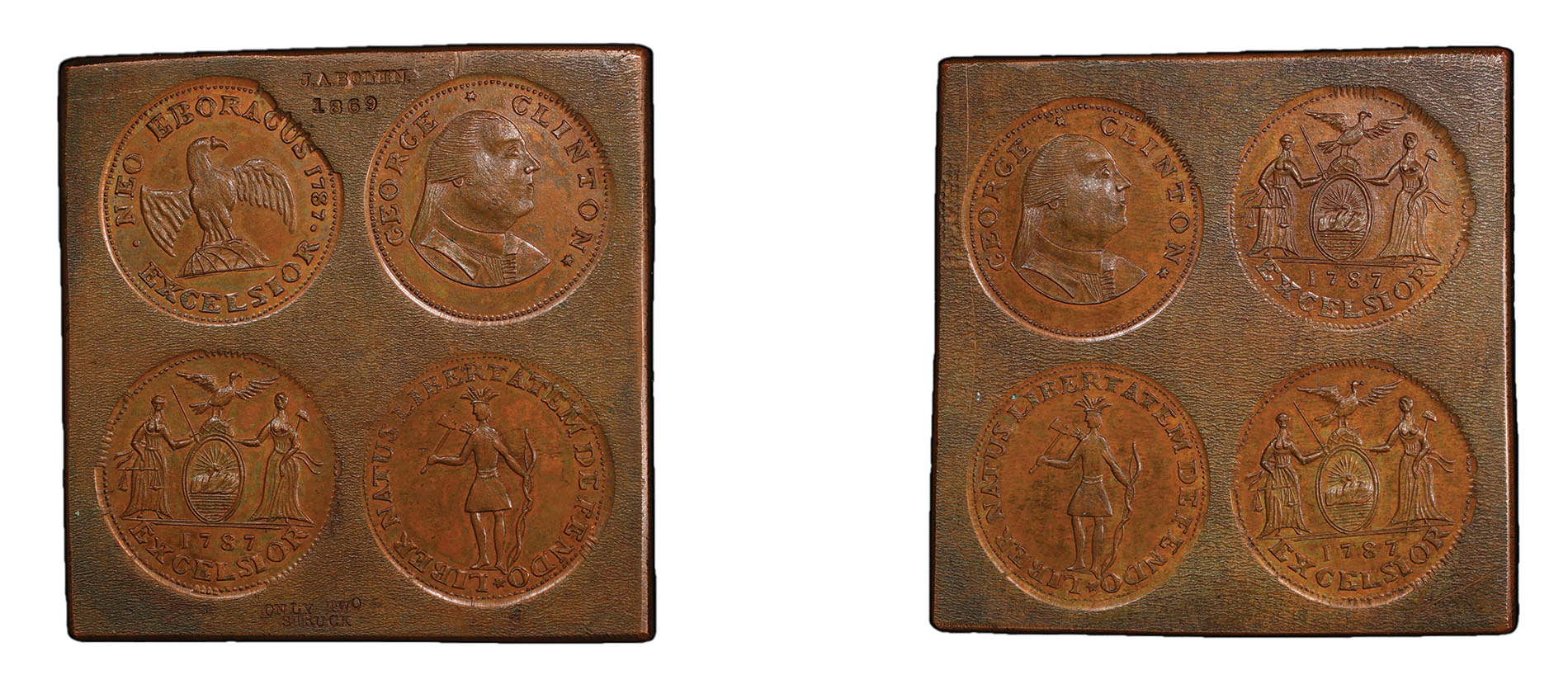
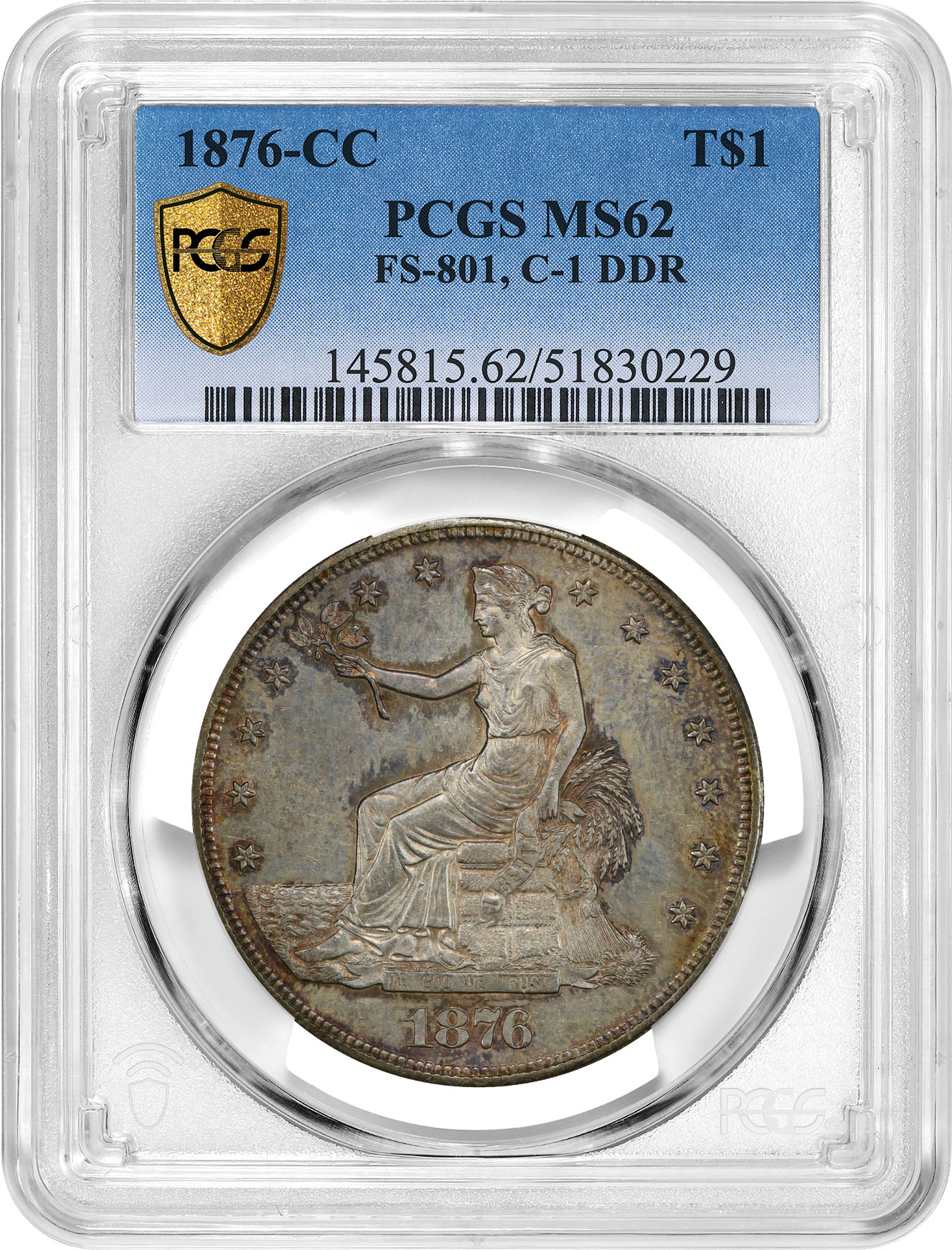
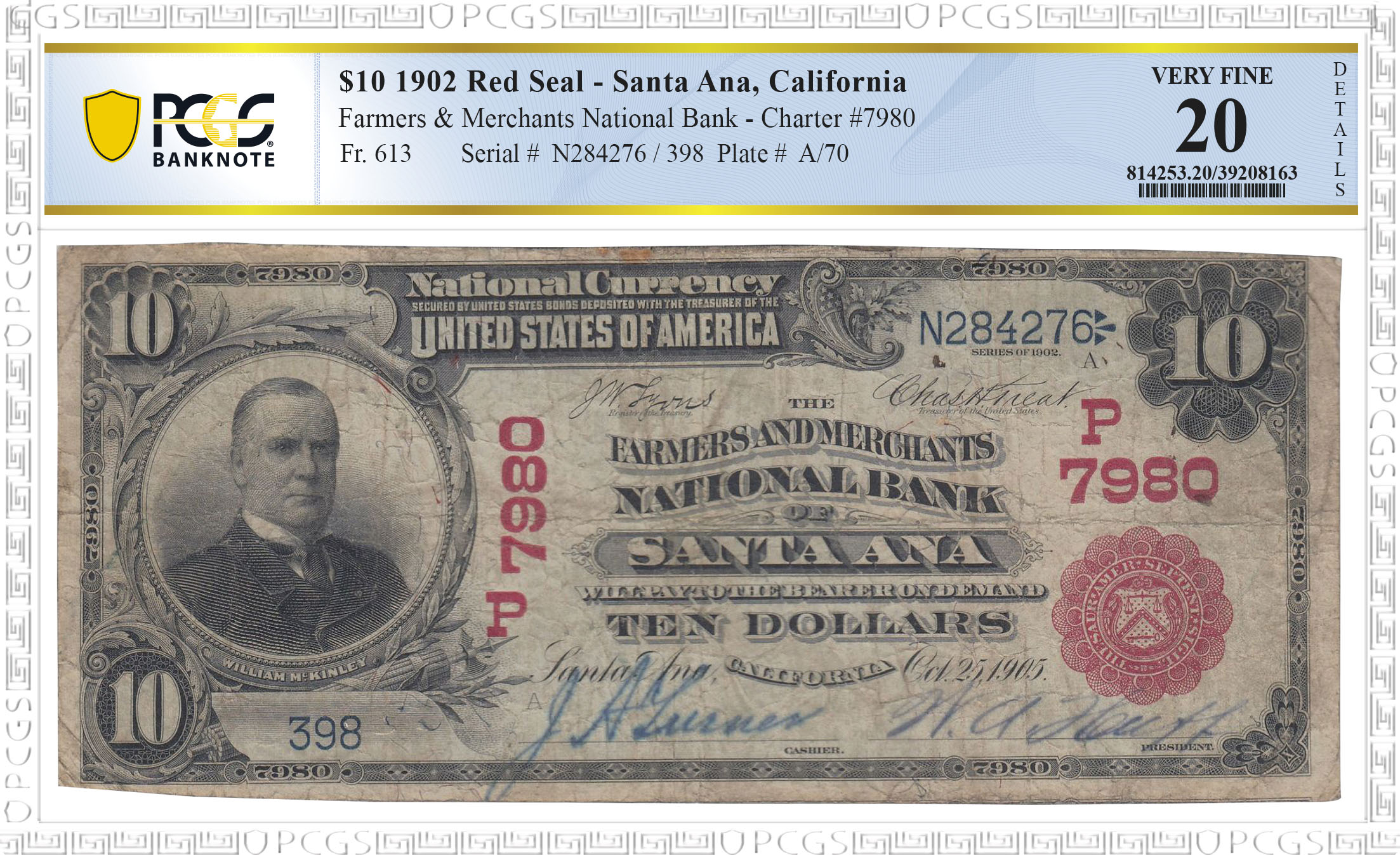






 Copper & Nickel
Copper & Nickel
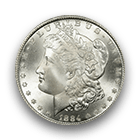 Silver Coins
Silver Coins
 Gold Coins
Gold Coins
 Commemoratives
Commemoratives
 Others
Others
 Bullion
Bullion
 World
World
 Coin Market
Coin Market
 Auctions
Auctions
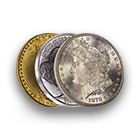 Coin Collecting
Coin Collecting
 PCGS News
PCGS News